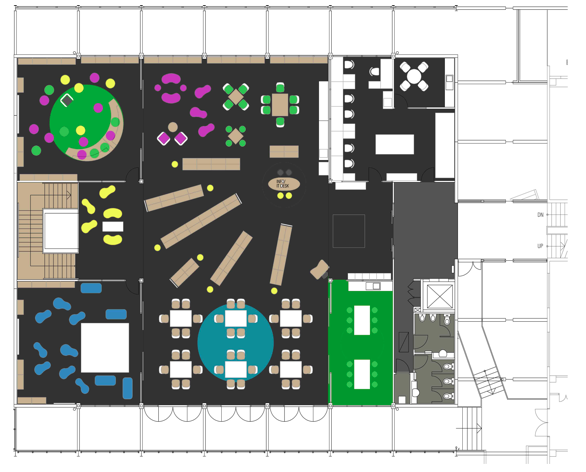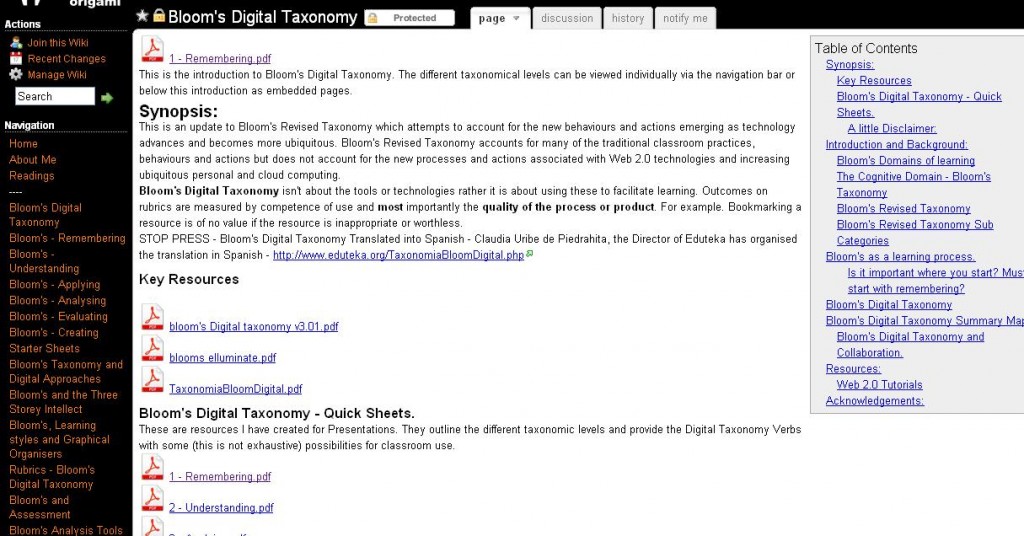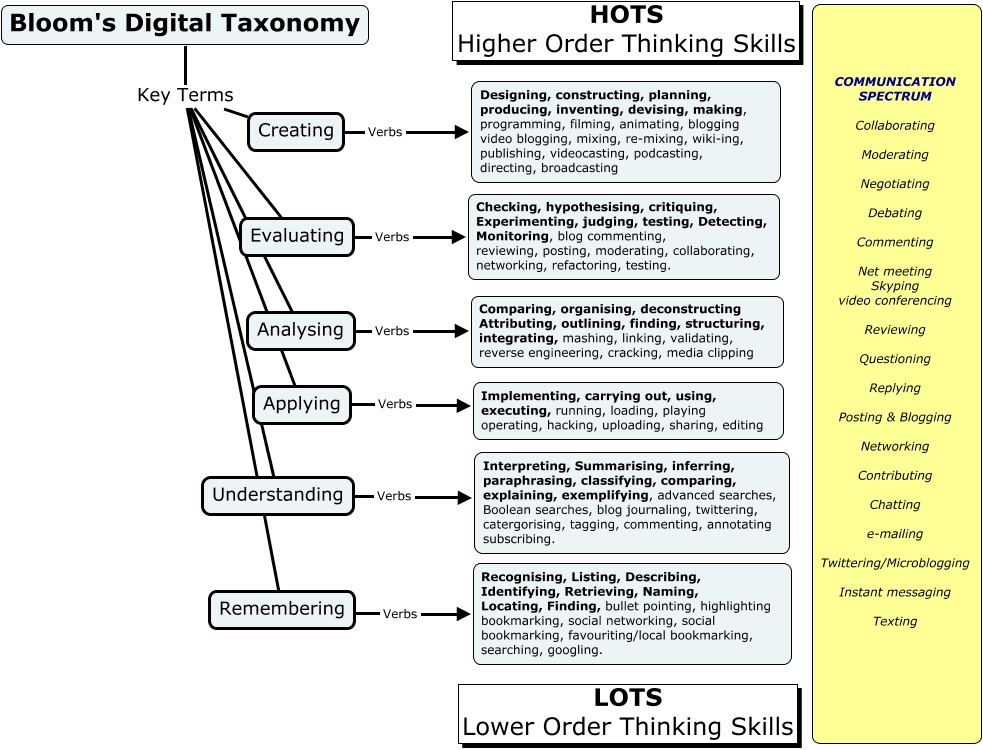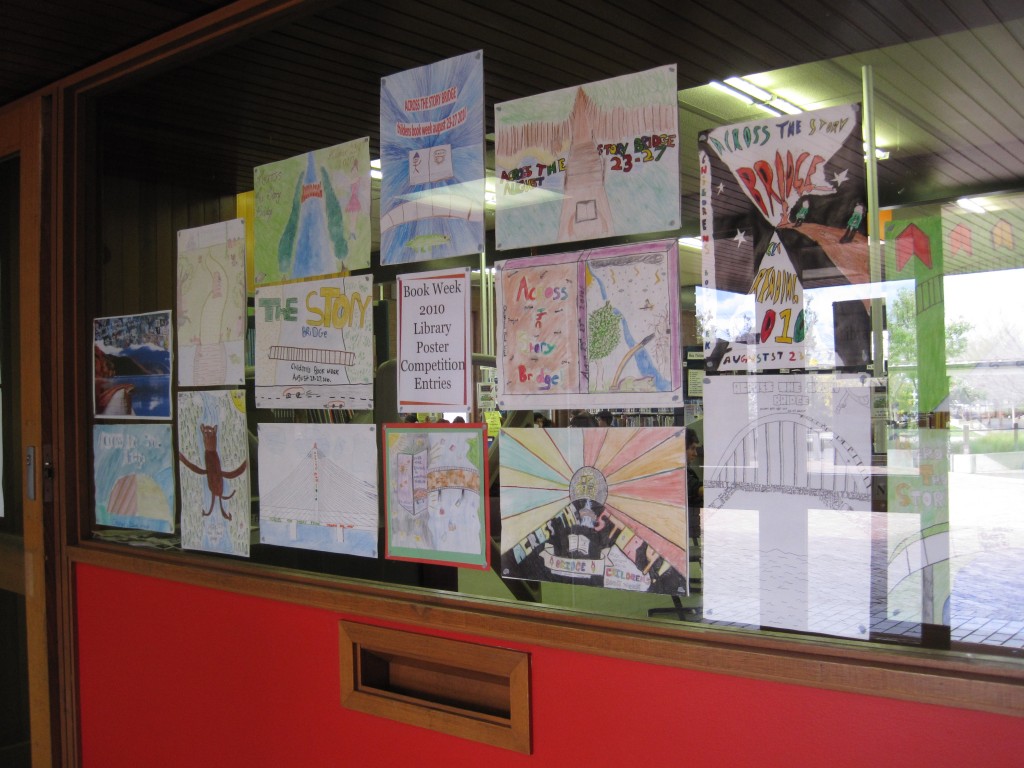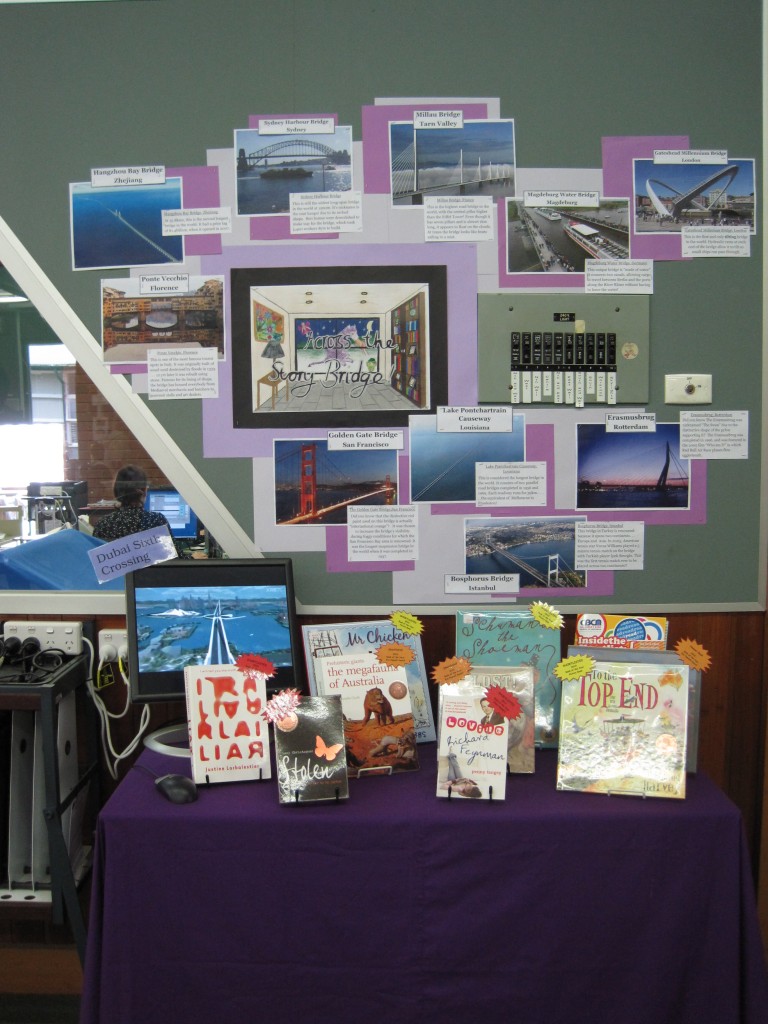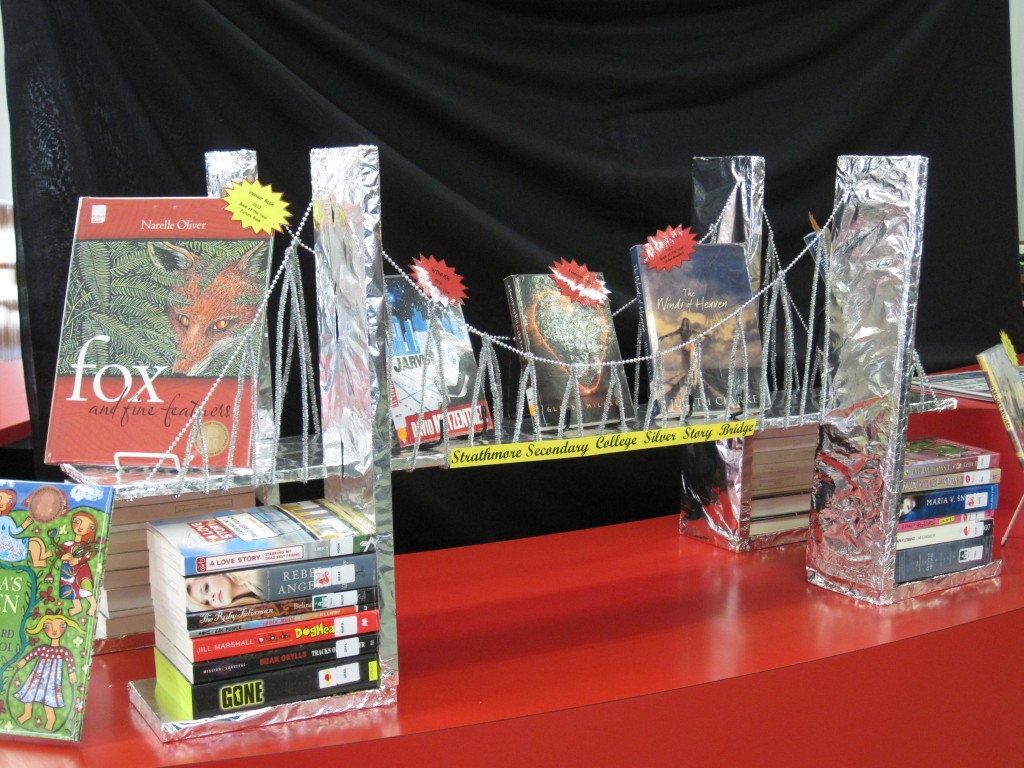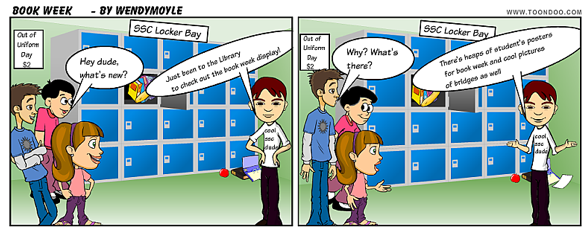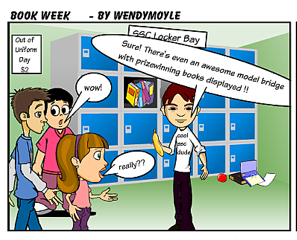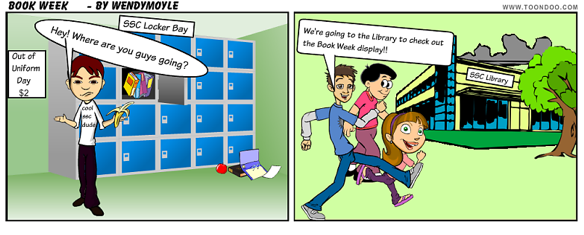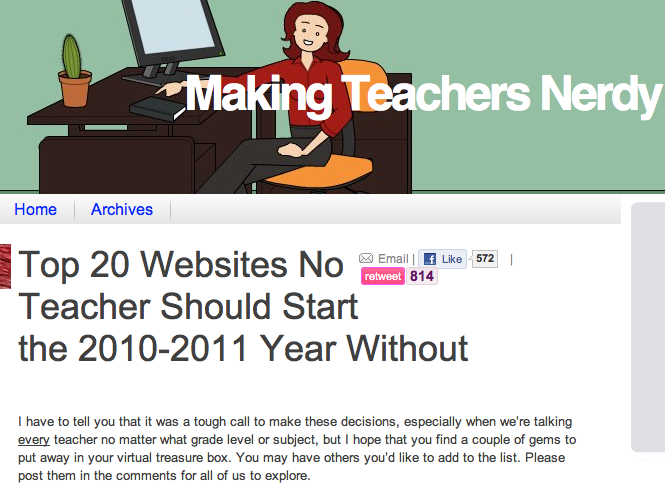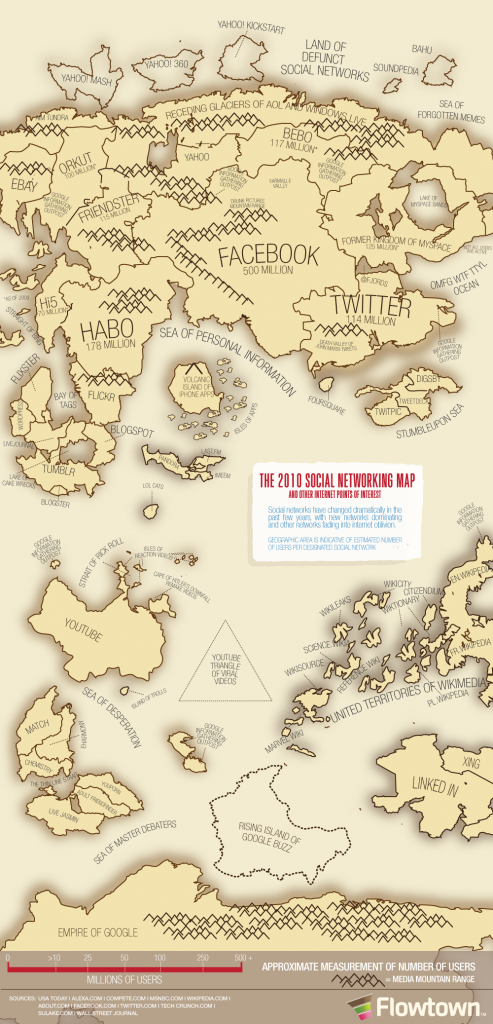RMIT’s School of Media and Communication recently hosted a talk by Dr. danah boyd, an influential researcher into the way young people make use of social media and technology. The talk, which is available for download, was a fascinating insight into danah’s work with young people. danah explored the ways teens make use of social media and their attitudes to privacy in what are essentially public spaces.
Perhaps the most fascinating aspect of danah’s talk was the concept of teens ‘hiding in plain sight’. Teens used to socialise at shopping centres and malls, but now much of their socialising and ‘social grooming’ happens online. To many teens sharing is an important aspect of staying connected with their friends and danah’s interviews expose the very different attitudes that teens can have to privacy.
Interestingly, danah has found that although teenagers may share publicly on sites such as Facebook, this doesn’t always mean they expect this information to be viewed or commented on by everyone (particularly their parents or teachers). Several of danah’s interview subjects revealed ingenious ways of using both structural tricks or codes to protect their privacy whilst still sharing with their friends. If we think back to our own childhoods, many of us probably used similar tricks to communicate with our friends when older people were around. It seems that the more things change, the more they stay the same.
To find out more about danah’s work (including the reason for her lower case name) visit her website, or follow her blog. In a time where the media often resort to scaremongering when exploring how young people use social media, danah’s research provides some balance to this very important discussion.



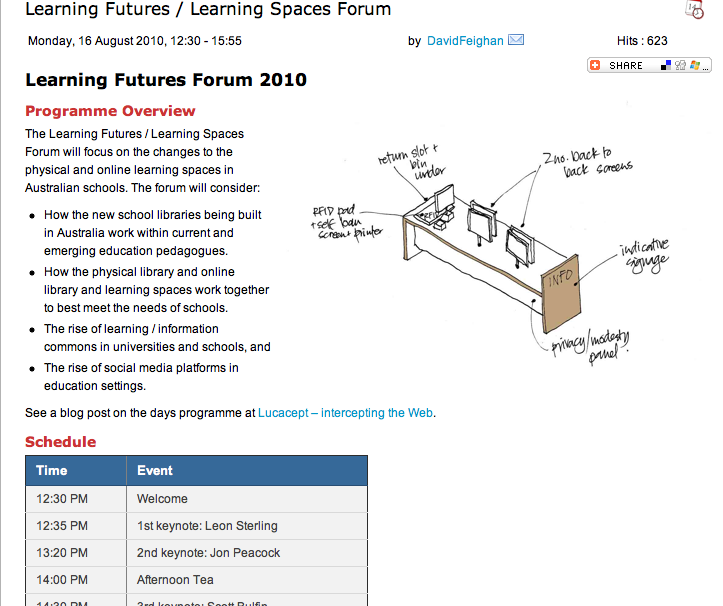
 C. Dr Scott Bulfin, Lecturer, Monash University Faculty of Education
C. Dr Scott Bulfin, Lecturer, Monash University Faculty of Education